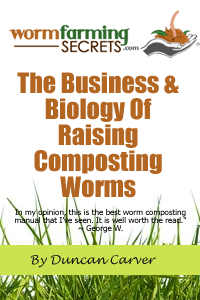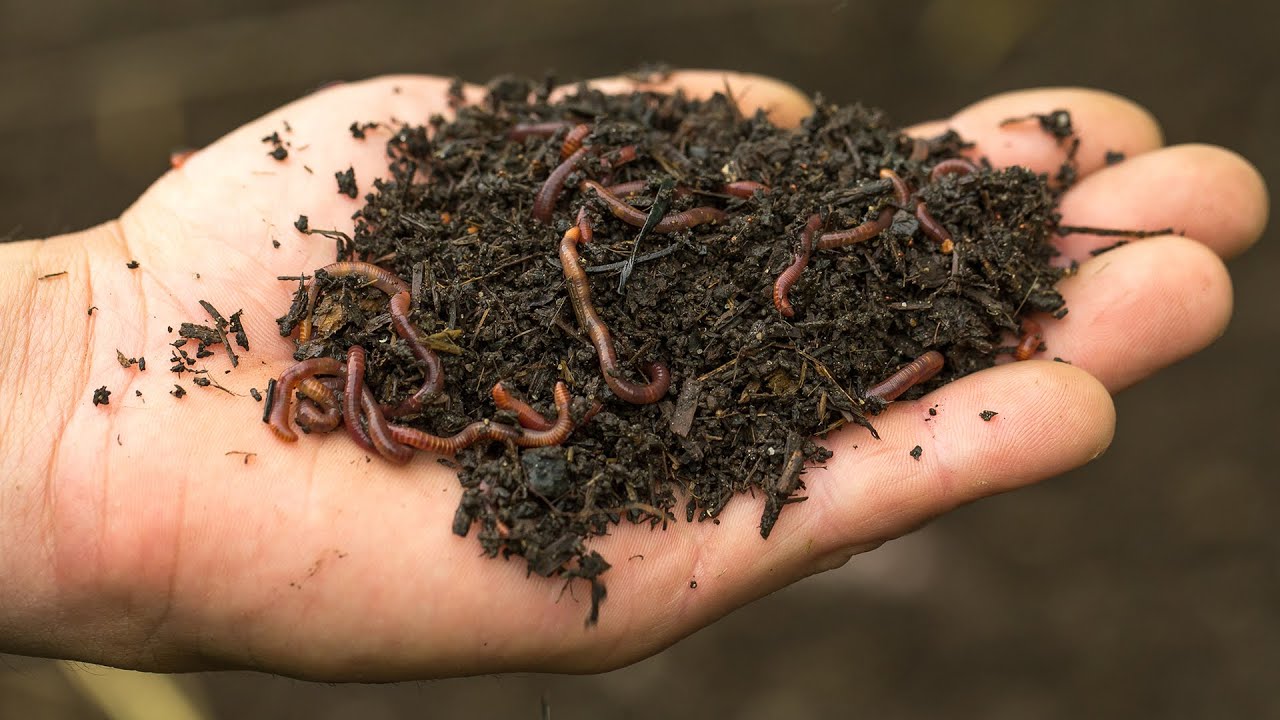“Could you tell me if worm farms in a typical backyard should only have worms in it. My small farm has lots of other little creepy crawly things other than worms. Like the odd cockroach not many and little bugs that look like the size of a pin head, lots of those, and other little beetles. The worms certainly have not got the bin to themselves. Regards” ~ Richard
Hi Richard,
That is a great question.
It is safe to say that the worms get the lion’s share of the glory when it comes to worm composting – an understandably so. After all, it is the worms that are the most obvious creature to be found in a vermicomposting system, and seemingly the most abundant (although, this often is not the case at all).
What people often fail to realize is that there is an entire ecosystem at work. Even in a system highly optimized for worm production (versus castings production), there should be a wide variety of other organisms present – most of them likely smaller than can be seen with the naked eye.
For starters, on par with the worms in terms of importance are the various groups of microorganisms – namely, bacteria, fungi, protozoans, and even algae. These are the creatures that not only play a vital role in breaking down the organic waste materials being added to the system (the stuff thought of as “worm food”), but they are in fact the worms’ primary source of nutrition.
Of course, as important as these microbes are, they aren’t really the noticeable “critters’ you are likely referring to, so I won’t go into more detail about them.
In my experience, outdoor systems tend to have a MUCH more diverse collection of creatures, and understandably so. I must admit to never having see a cockroach in a worm bed before, but I guess it is certainly possible in areas where they tend to abundant in general.
Let’s now chat a little about some of the common groups of organisms that can be found in a vermicomposting system.
– Mites –
It is almost inevitable that you will encounter at least one or more varieties of mites in your bins at some time or another. Many people think of them as “bugs” (insects), but they are actually in the class Arachnida, along with ticks and spiders. Some mites are certainly more obvious than other, but you might be surprised to learn how many different varieties can inhabit a single system.
They are also a very diverse group in terms of the roles they play. It is easy to just assume that they are an annoying pest when they suddenly appear in high numbers, but they can actually be very beneficial organisms. Some species can play an important role helping to process waste materials (their sudden abundance is often an indication of an overfed or poorly managed bin), while others can prey upon some of the other less desirable ‘critters’, such as fungus gnats (specifically, the larvae).
For the most part, mites won’t cause your worms any harm, but there are apparently certain varieties that are worm parasites. They tend to be quite small, reddish in colour, and can be found attached to the worms themselves or worm cocoons. It should be mentioned that there is also a very common white variety of mite that can sometimes appear to be attacking worms.
Generally, this only seems to occur when there are dead and/or dying worms, and I’m pretty sure these mites are playing an important ‘clean-up’ role, thus helping to improve the overall health of the bin. Just so you know, this particulat type of mite is very round, shiny, and slow moving – many mistake them for some sort of egg.
– Insects –
There are a wide variety of insects that can make your worm system their home. Among the most common are fruit flies, fungus gnats, springtails and various beetles. Again, you will likely find a much wider array of these creatures in an outdoor system, but all of them are commonly found indoors as well – especially the first three.
Fruit flies and fungus gnats are similar in appearance, and often mistaken for one another. Generally fruit flies are somewhat larger, and look more like actual flies. Fungus gnats, upon closer inspection, look more like mini mosquitos than flies, and tend to be black or at least darker than fruit flies.
Springtails can be hugely abundant in worm beds, where they feed actively on fungi and other microbes. In my experience, the most common compost bin variety is white in colour and 2-3 millimetres in length – they are very active and quick moving, but do not actually possess the ‘spring’ appendage (known as a fercula) like many other varieties do (hence the name given to this group of insects).
Springtails can be very abundant in bedding containing fall leaves and leaf litter, or well-aged manure. While some may consider them pests, they certainly won’t cause your worms any harm.
One other insect worthy of mention (not listed above) are ants. Generally, they are only an issue in outdoor systems (I certainly would hope so anyway), and tend to be more active in bins with lower moisture content, since they don’t like wet conditions.
In my region (Ontario, Canada), there are no species of ants that pose any real threat to the worms themselves, but I have heard that fire ants, and other aggressive species, can sometimes create problems for worm farmers in the south.
Anyway, Richard – I think I better leave it at that for now.
This answer is getting rather long. Rest assured, we have only scratched the surface here as far as worm bin creatures go – but hopefully I’ve at least partially answered your question!
I hope to discuss specific groups of critters in more detail in upcoming newsletters.



